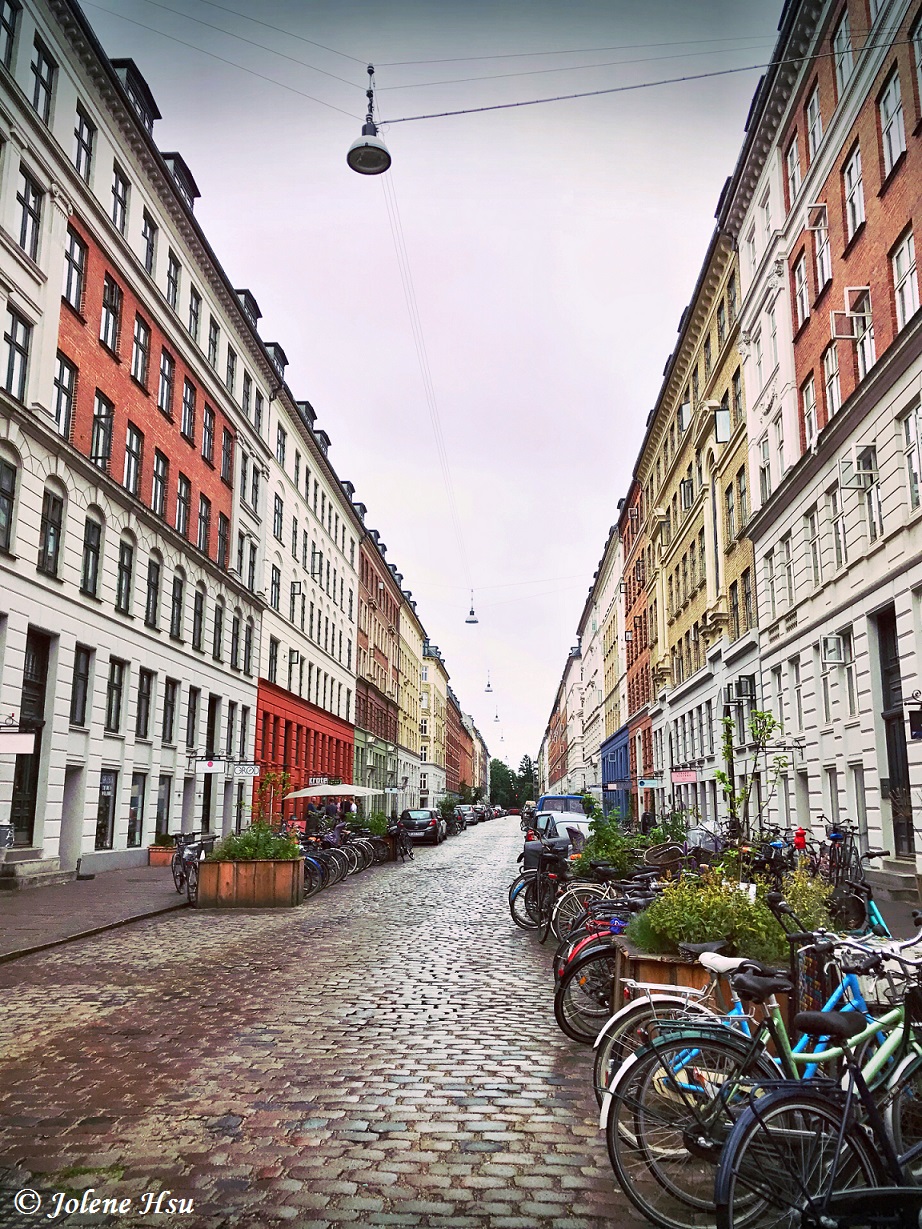As a passionate connoisseur of Danish designs, my tour of Denmark would be incomplete without an artful ride through the streets of Copenhagen. With a population registering a little more over five million people, this southernmost Scandinavian nation undoubtedly punches above its weight in cutting edge contemporary design. The Danish design footprint – with an emphasis on minimalist functionality and timeless craftsmanship – is firmly stamped across the world from the Swan Chairs to the Sydney Opera House.
The Danes at Work
Designed by the internationally acclaimed Arne Jacobsen, the Danish National Bank (Danmarks Nationalbank) stands as an architectural stalwart in the heart of Copenhagen. The building’s stone and glass facade exudes an air of solemnity and restraint matching its trusted function as the nation’s prime money manager. It represents one of Jacobsen’s later works, whose earlier masterpieces include the SAS Royal Hotel (the first designer hotel), the Aarhus City Hall and the Skovshoved Petrol Station.

The Danes’ obsession with bikes is an open secret. In considering the next-generation masterplan, the City of Copenhagen delivered the Circle Bridge (Cirkelbroen) in 2015, a circular bicycle and pedestrian bridge with the Royal Danish Library as the perfect backdrop. In line with Copenhagen’s rich shipping history, the bridge bears resemblance to a five-masted sailing ship berthed across the mouth of the Christianshavn Canal.

The Danes at Home
From the cobbled streets of Magstræde to born-again trendy Jægersborggade, Copenhagen’s residential streets are instantly Instagrammable. While the modern day residential masterplans boast a plethora of glass and concrete, it is the well-lined, ochre-coloured residences of the old that continue to ooze character and charm.

As the city’s buzzing aorta, Strøget is home to some of the glitziest design houses including Hay House, Illums Bolighus and Royal Copenhagen. With the cobbled streets behind me, I allowed myself to fall in love with Danish décor and indulge in hygge in one of the many design shops around town.

The Danes at Play
Mention “Designed in Denmark”, and you would most likely be familiar with famous works in architecture and interior design. Did you know, however, that the Danes are also masterminds behind renowned urban spaces? Armed with a curious mind, I set out to wander the streets of Copenhagen in search of the city’s mercurial street art.
After a 20-minute bus ride from central Copenhagen, I find myself at BaNanna Park in hip Norrebro. The name is derived from the distinct banana-shaped embankment which acts as a skate park, as well as from its location on Nannasgade. Designed by Nord Architects, today’s BaNanna Park is one of the many success stories that showcases the transformation of toxic wasteland into a cultural haven for locals and tourists alike. In addition to lush greenery and numerous sporting facilities (including a 14m-high outdoor rock climbing facility), the Park also contains to some of the most eye-catching murals the city has to offer.


Within a stone’s throw of BaNanna Park, Superkilen – an urban park and cycling gateway – is a nod to the cultural diversity and identity of Norrebro. Arguably one of the most eclectic public spaces of its kind in the world, Superkilen is a colourful exercise in community bonding, born from a collaboration between residents and some of Europe’s most experimental architects. The park at first blush appears to be an incongruous mash-up of recycled and replica items from far-flung corners of the world, including a Moroccan star-shaped fountain and a Japanese octopus that doubles as a children’s slide. On closer inspection, its 3 zones (the Red, the Green and the Black) are decorated with over 75 local and imported installations, cementing Superkilen as a tasteful expression in multicultural liberality.


Very impressive, that BaNanna! (All the more so that it is in fact from a toxic wasteland) 🍸
Thank you Kamus, glad you’ve enjoyed the read. 🙂
Ah Denmark! My ancestral homeland!! It was great seeing a few of the lesser known sights. Love the Moroccan fountain.
Thanks for joining me for the ride! How cool, you are originally from Denmark? Whereabouts are you based now?
I look forward to checking out your site, too! Thanks again!! 🥂😄
Wow, what treasures! 😮 Excellent selection and presentation.
You are such a globe-trotter! Thank you for documenting your experiences and adventures so well! Beautiful photos!
Thanks for visiting Rachel. In real life I’m actually the biggest homebody you’ll find. Happy new year!
Happy new year Jolene!🎉
This is great, your pictures are stunning!
Thank you for visiting and your lovely words. 🙂
Wow! Your pictures made me feel as if I was in Copenhagen! 🙂
Thank you! I travel for 1 month out of 12, and vicarious travel for another 11! 😄
It looks beautiful!
Thank you.